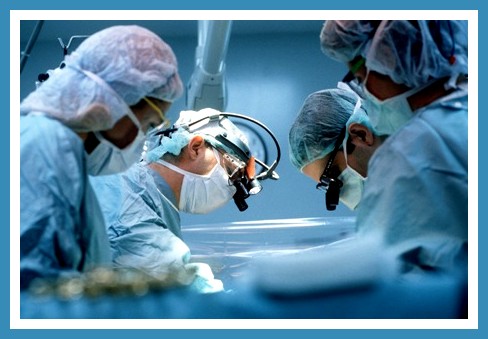


This refers to a situation where internal organs converge through the cavity walls holding the organs together. It especially affects the abdominal region. There, our internal organs like intestines and stomach are held in place by a thick layer of muscular tissues. As the holding muscles become weak due to the disease, such organs would break free of these holding muscles tissues.
 What Causes Hernia:
What Causes Hernia:Weakened muscular walls are the primary cause for hernia. If one has a family history related to hernia, then there is a fairly high chance that some member is bound to be affected by hernia. Additionally, children suffer from poor nourishment are more likely to suffer from hernia certain essential nutrients are missing from their diets. When internal organs break loose from the holding tissue, e.g. intestines bulge out from the abdominal wall, the resultant pain could often get unbearable.
There are known conditions for example pregnancy or dyschezia that could intensify intra-abdominal pressures, which increases the likelihood of abdominal hernia. Such conditions could only cause intracranial pressure to increase and ultimately lead to some parts of the brains to transmit signals through the cranial cavity.
As the hernia disease progresses, it makes the more difficult for the walls of the muscles around the organs to recover. As internal organs start to bulge out through the abdominal walls, patients would notice symptoms such as coughing would surface.
Even with symptoms, it is often difficult to pin point that these are related to hernia. Commonly observed symptom of this disorder is the formation of lumps. The lump can grow to the size of a grape and patients can detect this lump on the inside of your thighs or in groin. This is usually the case of femoral hernia. For people suffering from ventral hernia, the symptoms are manifested in different way. That itself is also subject to the intensity of the disease. With severe ventral hernia case, the lump can be detected around the stomach region, but this lump is hardly detectable when the disease is at the onset or for milder case of ventral hernia.
 Unfortunately, barring the presence of a
surgical procedure, there is no guarantee that these misplaced organs could all go back to their original position. Another potential trigger for hernia is strenuous sports. A sporty person should seek consultation with physiotherapist for effective treatment, when it happens. While strengthening of affected muscles should be critical to the therapy, more likely then, a patient would be ordered complete bed rest for accelerated recovery. Rehabilitation may be suggested by medical experts to make the pelvic muscles more flexible so that the organs could return back to their original position. Again, if one is undergoing serious condition; a surgical procedure is likely to be the only option.
Unfortunately, barring the presence of a
surgical procedure, there is no guarantee that these misplaced organs could all go back to their original position. Another potential trigger for hernia is strenuous sports. A sporty person should seek consultation with physiotherapist for effective treatment, when it happens. While strengthening of affected muscles should be critical to the therapy, more likely then, a patient would be ordered complete bed rest for accelerated recovery. Rehabilitation may be suggested by medical experts to make the pelvic muscles more flexible so that the organs could return back to their original position. Again, if one is undergoing serious condition; a surgical procedure is likely to be the only option.
If one happens to experience para-esophageal hernia, more complicated treatment is expected. Procedure that ties the esophagus securely to the diaphragm may be required so that the stomach is forced back into the abdomen cavity. In the case of the Hiatus hernia, doctors may decide on the sliding of organs, which is usually no problem except that it produces excessive acid along the way. In that sense, the hiatus hernia’s treatment is regarded as similar to that of gastro esophageal reflux disease (GERD). As part of this procedure, surgeon would tie the upper portion of the stomach to the base of the sphincter, with the objective to prevent excessive production of the acid as the pressure at sphincter is improved.